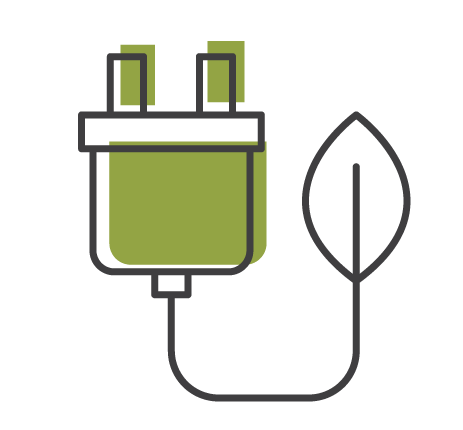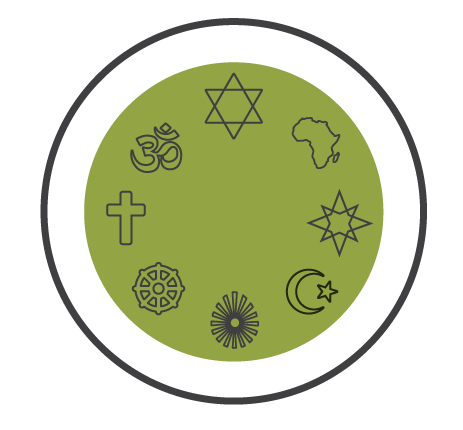An hour of darkness brings light to climate change
- Published:
 Photo credit: nate2b (Flickr)
Photo credit: nate2b (Flickr)
When last did you gaze up at the night skies and marvel at the beauty of the stars, planets and moon? This March, on Saturday the 19th, there is the perfect opportunity to do so again, as the world celebrates Earth Hour.
Earth Hour began in 2007, in Sydney, Australia, where the campaign to switch off all lights for an hour and raise awareness on climate change was started by WWF. By the following year Earth Hour had become an international event, which it has been ever since. By now over 7000 cities and towns have been engaged and it has become part of the mainstream community.
However Earth Hour has evolved to not only being the hour between 8:30pm and 9:30pm in which people switch off their lights, but has become a global campaign of climate change awareness and action. In 2012 the challenge “I Will If You Will" (IWIYW) was issued and this sparked a wave of environmental action.
 Earth Hour Forest – Uganda. Photo: Earth Hour Global
Earth Hour Forest – Uganda. Photo: Earth Hour Global
Uganda launched Earth Hour Forest in 2013 which seeks to address the large-scale deforestation that takes place in some areas of the country. 2,700 hectares of degraded land were identified and the goal of filling it with at least 500,000 indigenous trees was set. As part of this, Uganda also started the ‘light up a village’ project, as a means to help the people living in the area of their reforestation project lead more sustainable and healthier lives. This would also put less pressure on the existing and growing forest.
The former president of Botswana, Festus Mogae, also pledged to plant 1 million indigenous trees in 2013 as part of the IWIYW initiative.
This year Earth Hour is encouraging people to use their social power, spreading the word on climate change, affected communities and the positive projects that work to combat climate change and its effects.
People can donate their Facebook feeds to Earth Hour or with Earth Hour’s social media kit redesign all their social media platforms to reflect Earth Hour’s message. However there are also events planned all over the world; iconic landmarks are switched off, like the Eiffel Tower or the Kremlin and communities or individuals are encouraged to stage their own events.
You can also take the Earth Hour Pledge and commit yourself to take action on food, energy, water or waste, all of which have an impact on climate change. Simple examples are provided on how you can make a personal change and we encourage all Earth Keepers to pledge to at least one of these four important issues.
As UN Secretary General Ban Ki-moon said: “No individual action is too small, no collective vision is too big.”
That hour can also become an hour of reconnection; to our solar system, to our surroundings and to each other. It can be a time to appreciate our beautiful starry skies and to listen to the sounds of night – the croaking of frogs, the chirping of crickets, the rustle of leaves. It can be an hour of reflection, prayer or meditation, renewing your commitment to caring for Creation.
SAFCEI invites all faith communities to be part of the collective effort of millions of individuals switching over to earth honouring actions throughout the month of March. Let us people of faith join the symbolic hour of darkness on Saturday, 19 March 2016, 8:30 – 9:30pm.
The idea of a Mexican wave of darkness and of climate action, as the whole world, and we, participate in Earth Hour, is very exciting. Together we can send out a clear message to global leaders_: people across the world want action on climate change_.
Who we are
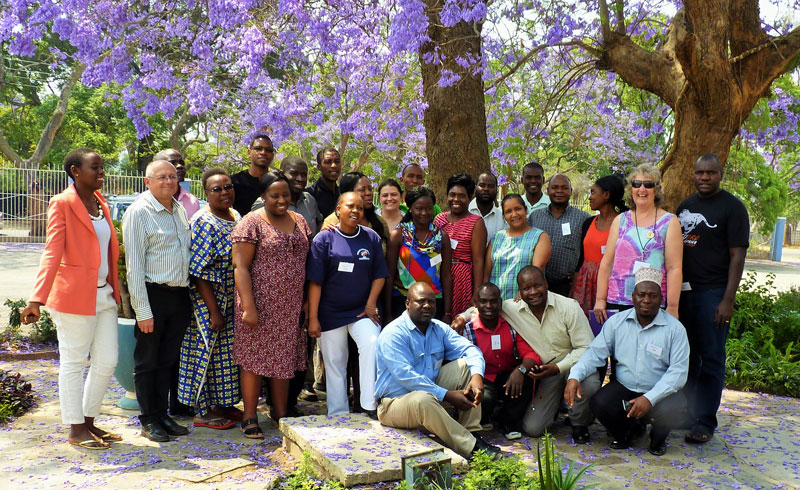
SAFCEI (Southern African Faith Communities’ Environment Institute) is a multi-faith organisation committed to supporting faith leaders and their communities in Southern Africa to increase awareness, understanding and action on eco-justice, sustainable living and climate change.
Featured Articles
-
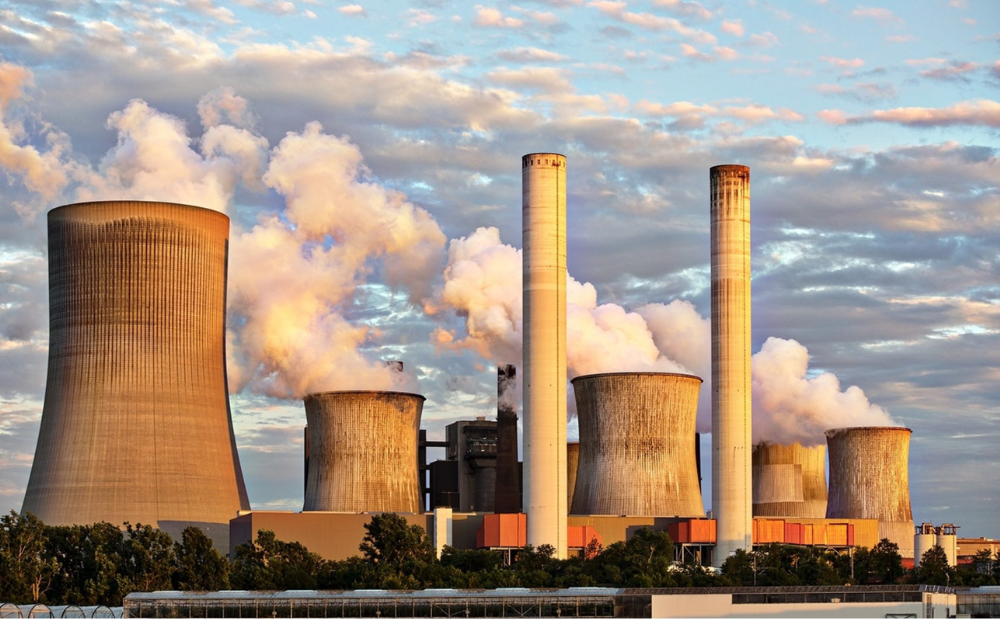
South Africa: Who Ends Up Paying If DMRE Cooks the Price of Nuclear Power?
-
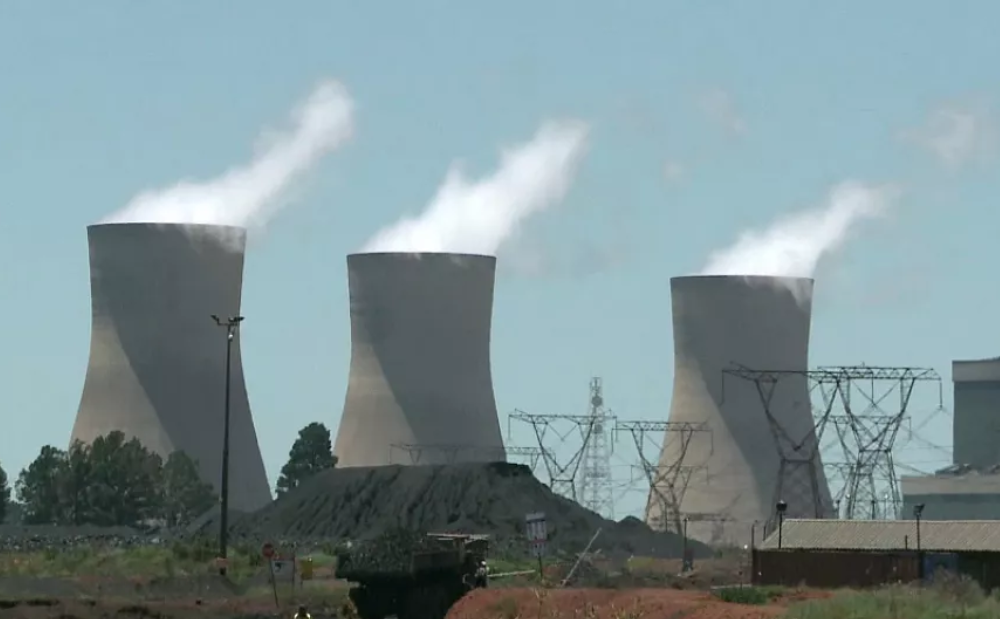
South Africa’s nuclear energy expansion plans continue to draw criticism, environmental NGOs chew over legal challenge
-

Earthlife Africa and SAFCEI respond to latest unsettling nuclear news regarding the ministerial determination
-
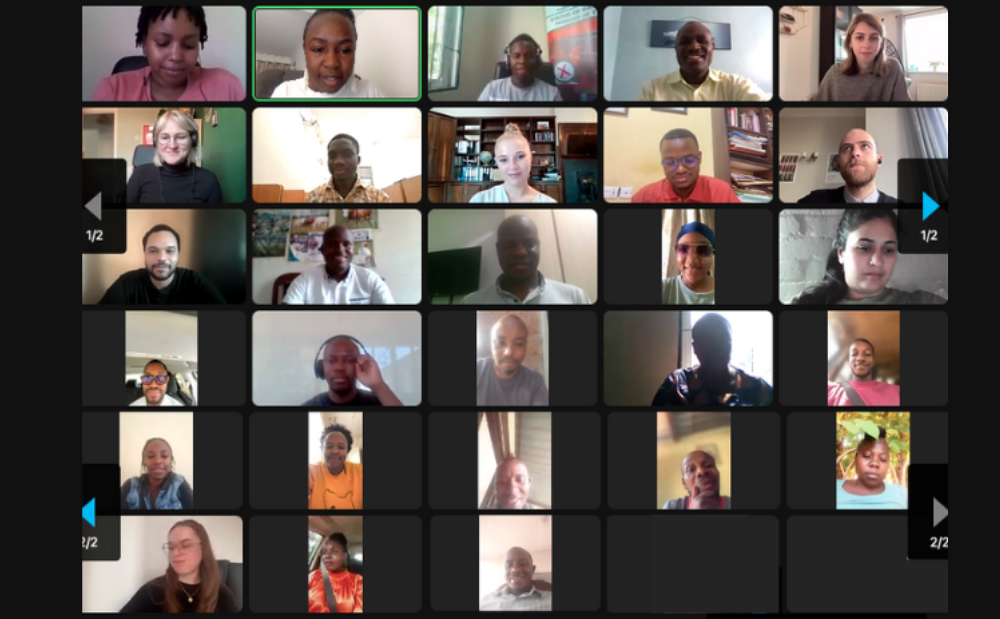
Open Wing Alliance Africa (Virtual) Summit 2023
-
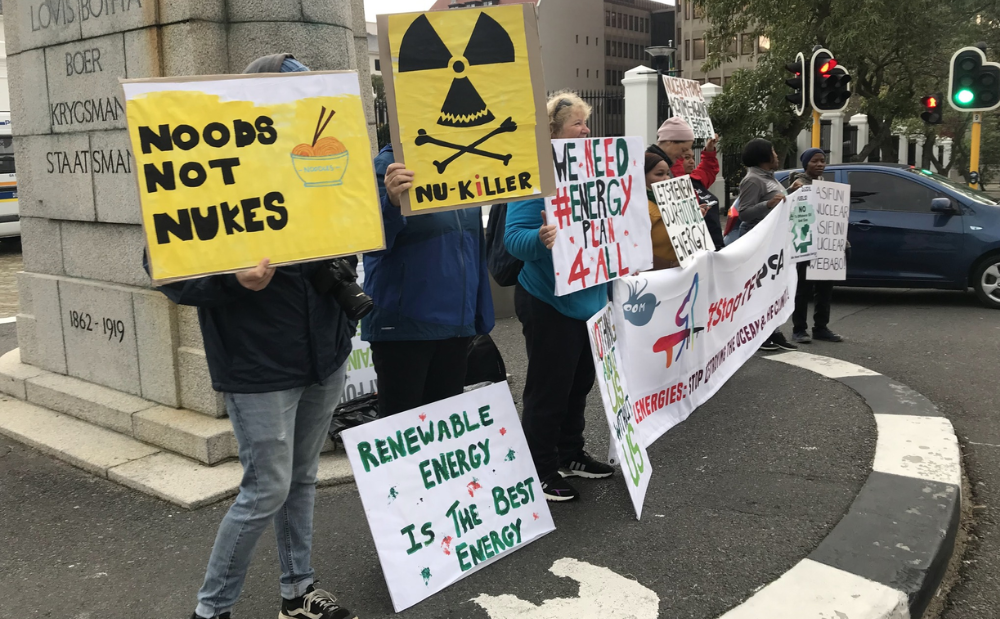
The Green Connection and SAFCEI respond to energy minister's divisive and deflecting comments
-

Job Vacancy: FLEAT Coordinator


